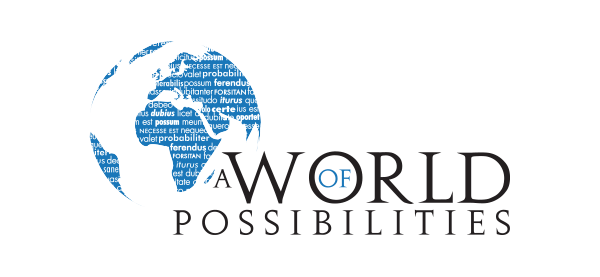Theoretical framework
Rationale and mission
There has been a good deal of research into the diachrony of modality since the 1980s (cf. Ziegeler 2016). Investigations conducted on modal verbs in the Germanic languages, especially English, have shown beyond any doubt that languages with a significant amount of available written history are fundamental in reconstructing the diachronic pathways of modality and support the panchronic approach adopted for less well-documented or less-studied languages (e.g. Bybee–Perkins–Pagliuca 1994). Nevertheless, diachronic research needs to take into account other lexical markers (cf. e.g. Nuyts 2001, Van Linden 2012) as well as other possible benchmarks of comparison by taking advantage of well-documented languages. The main aim of WoPoss is to perform the first large-scope analysis of modalisation paths in Latin by analysing and annotating a diachronic corpus which spans over a millennium (3rd century BCE – 7th century CE). This analysis will allow the team to study phenomena of co-occurrence and competition between modal markers over a long period of time.

Basic information about the WoPoss approach
By focusing not only on verbs (e.g. possum ‘have power, be able’) but also on adjectives (e.g. adjectives in -bilis), nouns (e.g. necessitas ‘unavoidableness’) and adverbs (e.g. certe ‘without any doubt’), WoPoss adopts a comprehensive approach to the Latin lexical modal system. However, for reasons of feasibility given the length of the project (four years) and the small size of the team, the analysis is limited to a specific list of markers.
A corpus-based approach is the best way to reconstruct modal pathways as well as to study co-occurrence and competition mechanisms among modal forms in the history of the Latin language. The corpus chronology spans over a millennium and the texts have been chosen as far as possible according to principles of textual, generic and socio-linguistic (diastratic, diaphasic and diatopic) variability. We have also included epigraphic documents and papyri with the aim of taking into consideration all possible sources of information available, so that our corpus is not limited to literary texts, but extends to documentary ones (for the importance of the implementation of this method in the study of ancient languages, cf. Dell’Oro 2015).
The theoretical frame of the project was largely inspired by Ian Nuyts’ attempt to formulate a broad, ideally consensual definition of the modal domain (Nuyts 2016). Our original annotation schemas are derived by the combination of those elaborated by Paola Pietrandrea and her team for the annotation of epistemic modality in oral corpora with the parameters used by Jan Nuyts in his projects on the diachrony of the Dutch modal verbs. The goal of the annotation is not to label the different types and subtypes of modality, but to annotate a series of parameters which will allow us to understand both why we recognise a certain type of modality and what the correlations are between these parameters and a certain type of (sub-)modality. This will eventually enable us to better understand semantic changes over a certain period of time.
More detailed information will follow soon in the dedicated sections.
References
- Bybee, J. – Perkins, R. – Pagliuca, W. (1994), The evolution of grammar: tense, aspect and modality in the languages of the world, Chicago, University of Chicago Press.
- Dell’Oro, F. (2015), “What role for inscriptions in the study of syntax and syntactic change in the old Indo-European languages? The pros and cons of an integration of epigraphic corpora”, in Viti, C., ed., Perspectives on Historical Syntax, Amsterdam, Benjamins: 271–290.
- Nuyts, J. (2001), Epistemic modality, language and conceptualization: a cognitive–pragmatic perspective, Amsterdam, Benjamins.
- Nuyts, J. – van der Auwera, J. (2016), eds, The Oxford handbook of modality and mood, Oxford, Oxford University Press.
- Van Linden, A. (2012), Modal adjectives: English deontic and evaluative constructions in synchrony and diachrony, Berlin – Boston, de Gruyter.
- Ziegeler, D. (2016), “The diachrony of modality and mood”, in Nuyts, J. – van der Auwera, J., eds., The Oxford handbook of modality and mood, Oxford, Oxford University Press: 387–405.